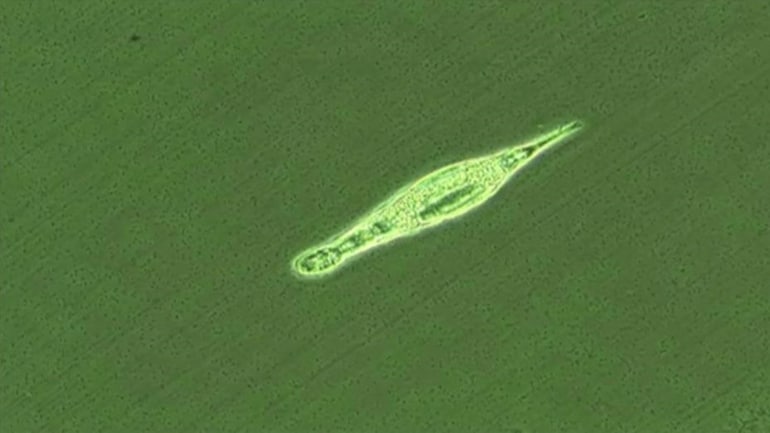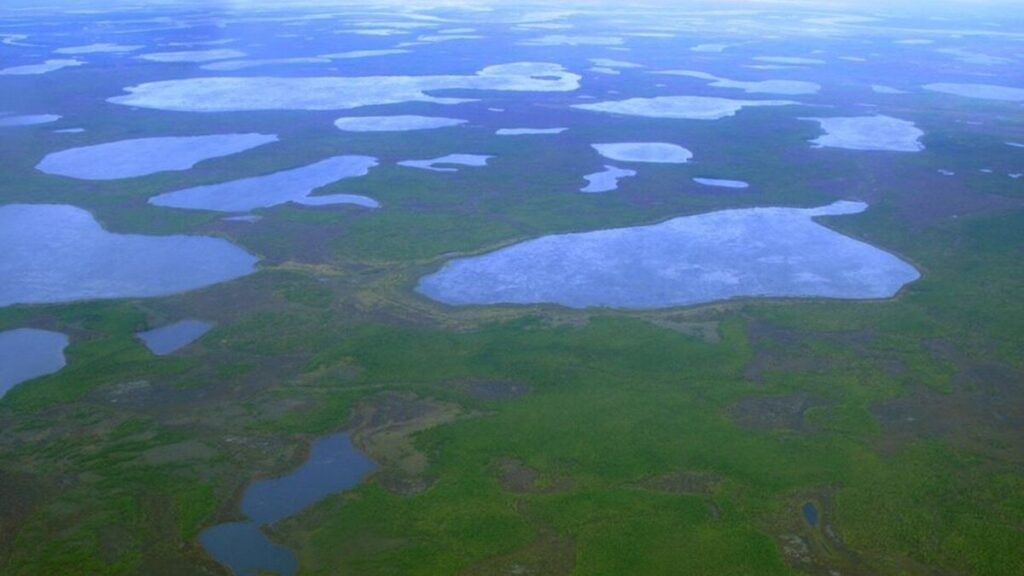Tiny Worm Comes Back To Life After 24,000 Years In Siberian Deep Freeze
In the perpetual (or, to use a more accurate phrase, perennial) permafrost, scientists frequently discover perfectly preserved remnants of creatures and plants that existed tens of thousands of years ago. Mammoth, woolly rhino, wolf, and even little bird corpses are among them.

On the other hand, Permafrost organisms can still be brought back to life. In 2012, Russian researchers succeeded in germinating the seeds of a plant preserved in permafrost for almost thirty thousand years. In 2018, scientists resurrected individuals of two nematode species dormant in the permafrost for thirty to forty thousand years.
A microscopic critter known as a rotifer was resurrected after 24,000 years, frozen in permafrost. It’s the longest time a rotifer has been seen surviving in such frigid temperatures.
While essential species such as bacteria may live centuries in frozen, “this is a creature with a central nervous, brain, and everything,” says Stas Malavin of Russia’s Pushchino Scientific Center for Biological Research RAS.
That’s not exactly a world record – nematode worms have been resurrected from permafrost after 30,000 years – but no rotifer has ever been known to live that long.
In 2015, Malvin and his crew bore through permafrost along the Alazeya river in Russia’s northeast Siberia. A solitary rotifer, a worm-like organism measuring less than a quarter of a millimeter in length, was discovered.

It became active once the researchers warmed it up and fed it. It is also reproduced because it is a bdelloid rotifer, which can clone itself without a sexual partner.
“We’re pretty sure this is a new species for science,” Malvin adds. He and his colleagues analyzed the rotifer’s genome. They discovered that it was most similar to Adineta vaga, a genus that includes numerous subspecies that haven’t been adequately characterized.
To date, the researchers employed accelerator mass spectrometry organic residues discovered with the rotifer. They were 23,960 to 24,485 years old, implying that the rotifer was frozen into the permafrost at the same period.
Modern rotifers appear to have a similar ability to withstand freezing temperatures. Malvin’s team froze individuals from various present species and descendants of the ancient rotifer for a week at -15°C.
Both groups were equally tolerant of freezing temperatures and had identical survival rates.
As per Malvin, it’s unclear what they’re doing. It’s become evident in recent years that cryo species have a variety of survival strategies, not just one, and that they don’t all employ the same ones.
“I would argue the mechanics are rather a little known,” Malvin adds.
Furthermore, how long rotifers or other freeze-tolerant species may survive in permafrost.
According to Malvin, it will depend on whether their metabolism entirely stops or merely slows down.
If it stops, they may conceivably live for far longer than 24,000 years – the limit being set most likely by background radiation that gradually degraded their DNA.
However, if their metabolism continues to decrease, they will ultimately require a source of energy – food – to stay functioning.





